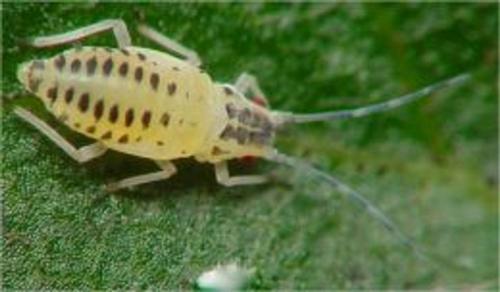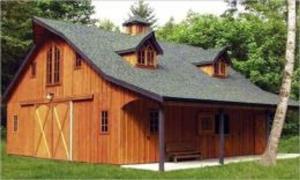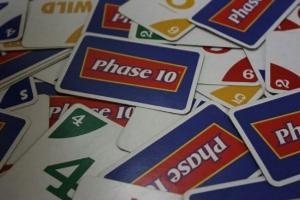A Crash Course on How to Get Rid of Aphids
Nonfiction, Home & Garden, Gardening, Flowers, Techniques| Author: | Enzo Jones | ISBN: | 1230000104644 |
| Publisher: | Axel Publishing | Publication: | February 6, 2013 |
| Imprint: | Language: | English |
| Author: | Enzo Jones |
| ISBN: | 1230000104644 |
| Publisher: | Axel Publishing |
| Publication: | February 6, 2013 |
| Imprint: | |
| Language: | English |
A Crash Course on How to Get Rid of Aphids
Aphids, also known as plant lice and in Britain and the Commonwealth as greenflies, blackflies or whiteflies, (not to be confused with "jumping plant lice" or true whiteflies) are small sap sucking insects, and members of the superfamily Aphidoidea. Aphids are among the most destructive insect pests on cultivated plants in temperate regions. The damage they do to plants has made them enemies of farmers and gardeners the world over, but from a zoological standpoint they are a very successful group of organisms. Their success is in part due to the asexual reproduction capability of some species.
About 4,400 species of 10 families are known. Historically, many fewer families were recognised, as most species were included in the family Aphididae. Around 250 species are serious pests for agriculture and forestry as well as an annoyance for gardeners. They vary in length from 1 to 10 millimetres (0.04 to 0.39 in).
Natural enemies include predatory ladybirds, hoverfly larvae, parasitic wasps, aphid midge larvae, crab spiders, lacewings and entomopathogenic fungi like Lecanicillium lecanii and the Entomophthorales.
Scroll up... and click on "Buy Now" to deliver almost instantly to your Kobo or other reading device.
A Crash Course on How to Get Rid of Aphids
Aphids, also known as plant lice and in Britain and the Commonwealth as greenflies, blackflies or whiteflies, (not to be confused with "jumping plant lice" or true whiteflies) are small sap sucking insects, and members of the superfamily Aphidoidea. Aphids are among the most destructive insect pests on cultivated plants in temperate regions. The damage they do to plants has made them enemies of farmers and gardeners the world over, but from a zoological standpoint they are a very successful group of organisms. Their success is in part due to the asexual reproduction capability of some species.
About 4,400 species of 10 families are known. Historically, many fewer families were recognised, as most species were included in the family Aphididae. Around 250 species are serious pests for agriculture and forestry as well as an annoyance for gardeners. They vary in length from 1 to 10 millimetres (0.04 to 0.39 in).
Natural enemies include predatory ladybirds, hoverfly larvae, parasitic wasps, aphid midge larvae, crab spiders, lacewings and entomopathogenic fungi like Lecanicillium lecanii and the Entomophthorales.
Scroll up... and click on "Buy Now" to deliver almost instantly to your Kobo or other reading device.















